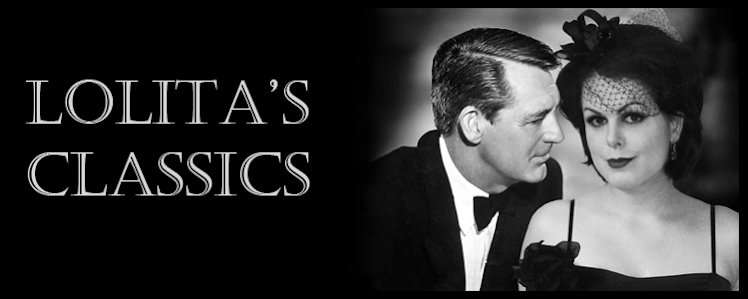
Mr. Smith Goes to Washington
Director: Frank Capra
USA 1939
129 min
Holy Mackerel! This is a great film.
James Stewart plays the role of Jefferson Smith, a naive and hopeful man who, by the spineless governor of his state, is appointed to fill a vacancy in the US Senate. Unfortunately he collides with political corruption and gets dragged through the mud in the press.


Mr. Smith is the head of the Boy Rangers, and sees now his chance to start a national boy's camp and comes up with a legislation to authorize a federal government loan to buy a piece of land for that business. The loan will then be paid for by the contributions of the boy's camp's members. Donations starts to pour in immediately by mail.
The corrupt government, however, has other plans for that particular piece of land, and tries to make Smith their ally. When he still wants to go through with his plans (with the help of Clarissa Saunders, played by the adorable Jean Arthur) the government instead tries to smear the name of Mr. Smith. They ridicule him in the newspapers and come up with lies about his intentions of the boy's camp to get him out of the Congress.
Claude Rains plays Senator Joseph Paine, an old-time friend of Mr. Smith's father. He is torn between his personal feelings for Mr. Smith, and the will of his political boss Jim Taylor (Edward Arnold), who helped him to be successful in politics, and quickly could make him powerless. You can almost not recognize Rains by appearance in this role, and the only different thing is that his hair is white and he's got spectacles on his nose.

As the beautiful daughter of Joseph Paine, Susan, Astrid Allwyn steals the two scenes she appears in. The first of those, were she meets Mr. Smith and "turns the glamour" on him, making him so nervous that he drops his hat about three times, is very amusing.
Scene: Saunders finds Mr. Smith in despair by the Lincoln monument.
"It's a forty foot dive into a tub of water, but I think you can do it."
Mr. Smith Goes to Washington caused a lot of angry feelings around the country by Washington insiders, who thought they were pictured in a false and negative way. One of the real Senators even walked out from the screening he attended in disgust. But on the opposite side the film was rejected by fascists, nazists and communists in Europe for showing that democracy can work.
Director Frank Capra got anyhow letters years afterwards buy people being inspired by the film to go into politics.
 The at first cynical Saunders is inspired by Mr. Smith's enthusiasm and energy, and soon finds herself falling for him.
The at first cynical Saunders is inspired by Mr. Smith's enthusiasm and energy, and soon finds herself falling for him.The last line in this film might be one of the best ones ever, spoken by Jean Arthur:
Clarissa Saunders: [shouts] Yippee!























































